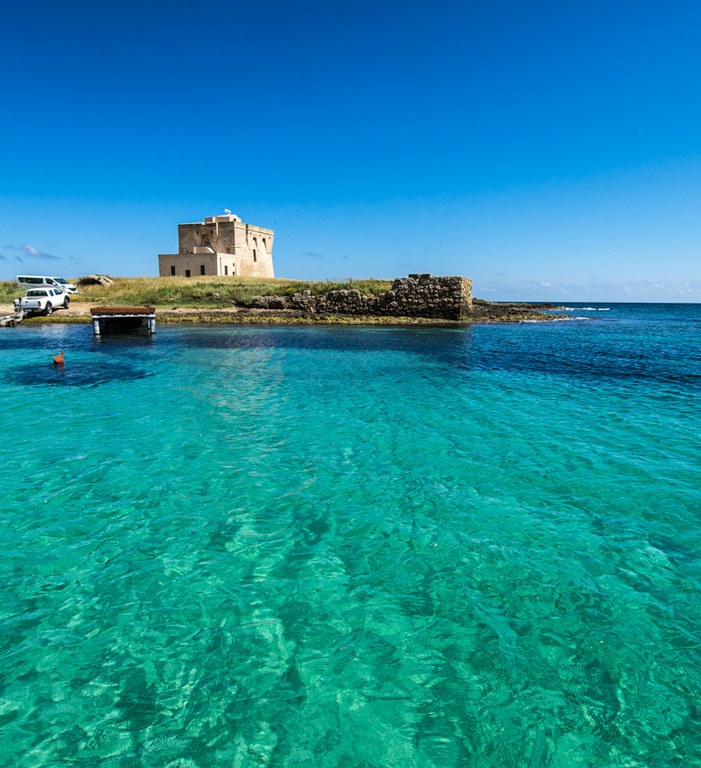LESSON LEARNED: TORRE GUACETO – ENFORCEMENT WORKS
Established in 1991, the Marine Protected Area (MPA) of Torre Guaceto covers an area of 2.227 hectares along the Adriatic coast of Italy. The first protection measures date back to 1970, but legislative action for the protection of the area started in earnest in 1981 with the declaration of Torre Guaceto as a “Wetland of International Interest” under the Ramsar Convention. 
Six years later, WWF Italy carried out the feasibility plan for the establishment of a marine reserve, which became a reality on 4 December 1991 by virtue of a ministerial decree. The newly established MPA of Torre Guaceto was entrusted to the Coast Guard of Brindisi. In 2000, Torre Guaceto became the first example of integrated management of a protected coastal zone in the country.
Local fishers felt strongly about their right to make a living in the area where their ancestors had casting their nets for centuries. When the enforcement of no-take measures began, they found themselves at loggerheads with the authorities. From 2000-2001 all fishing activities had been banned in the entire MPA area and frictions between local fishers and the authorities ensued.
The introduction of regulated fishing activity based on an agreement between the fishers and the MPA authority eventually put an end to the dispute. Fishers who adhered to what became in 2005 as a “co-management protocol” committed to the protection of predator species, fish in juvenile stages and benthic communities and habitats. The community could now fish in buffer zones surrounding two no-take zones demarcated in the area.
In order to reduce the impact of fishing activities, the community accepted to use shorter trammel nets (1 km-long as opposed to the usual 2-3 km) with larger mesh size (3 cm), and to haul the nets only once every week. They also agreed to reduce fishing as soon as signs of overfishing would be detected. Data routinely collected through the monitoring of fishery yields and catch composition would keep the MPA authority and the fishers abreast of the impact of fishing on the natural resources of the area.
The science-based monitoring continues uninterrupted since 2005, thus helping manage fishing activities in an adaptive co-management experiment that makes the Torre Guaceto MPA a success story in the Mediterranean. In 2009 the site was included in the List of Specially Protected Areas of Mediterranean Importance (SPAMIs) established under the SAP/BD Protocol of the Barcelona Convention.
According to the Torre Guaceto MPA authority, every euro invested in conservation, yields a return of around 11 euros in shared benefits. This and the rigor of management applied at the MPA are credited for a steady increase in social acceptance and recognition.

